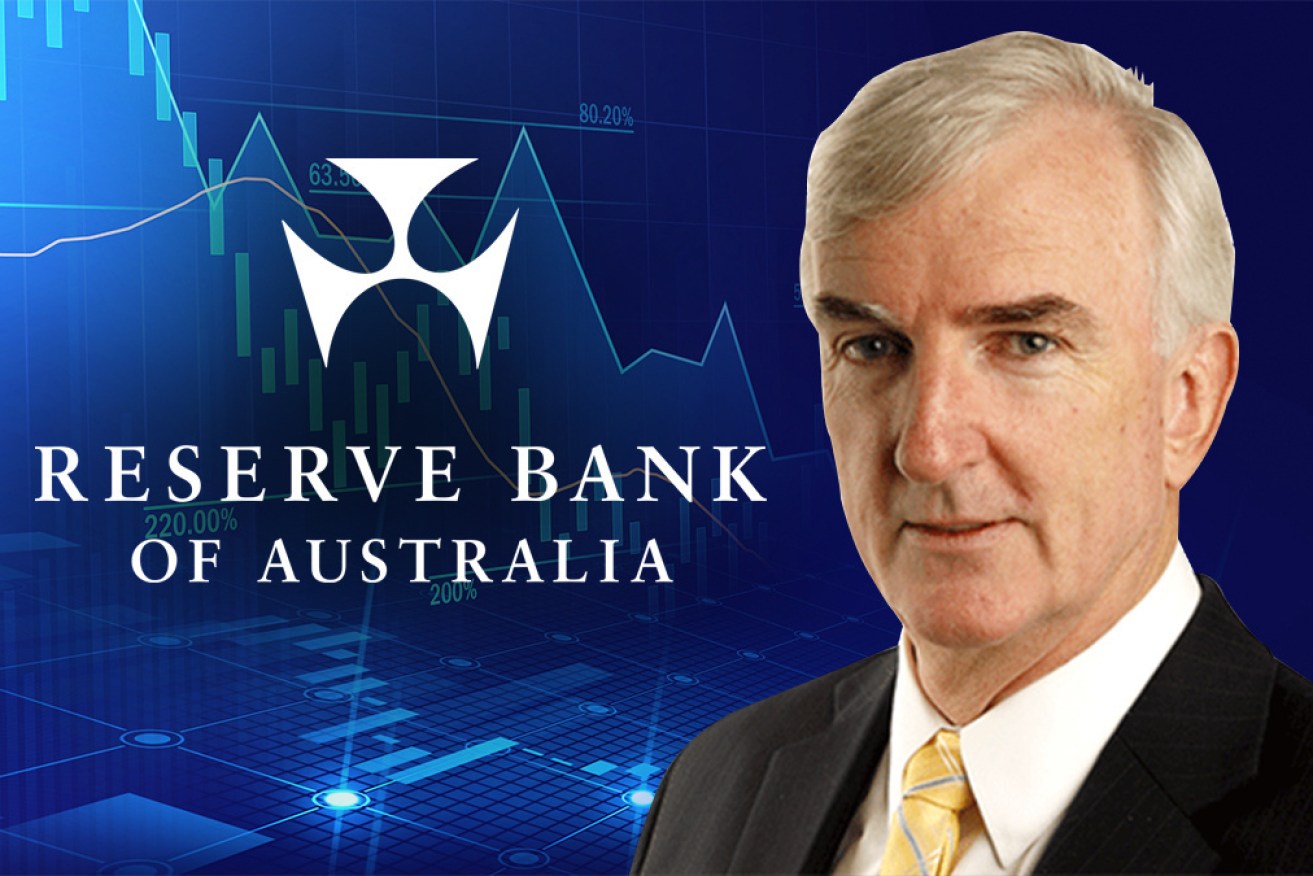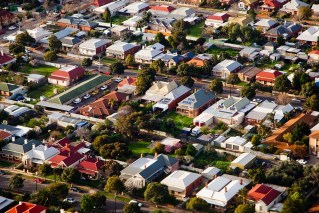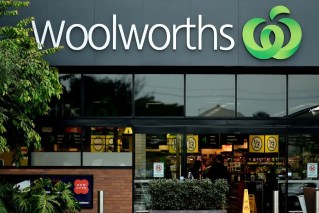Michael Pascoe: Young Australians will pay for our debt via higher house prices


This era of cheap money will restrict what the RBA can do in future, Michael Pascoe writes. Photo: TND
Slipping by last week amid the many COVID headlines, the Reserve Bank eased monetary policy a little more and added to its record as the central bank world champion of not raising interest rates.
Both were further steps along the way of a generational change in interest rate memory and expectations, of the impact of monetary policy on society, and what policy choices are open to our central bank.
Just as one generation was scarred by the experience of interest rates nudging close to 20 per cent ahead of the 1990-91 recession, another’s mindset is being formed by the experience of money always being extremely cheap.
An economist friend who prefers to remain anonymous observed a result of that is that the young will pay for our debt explosion not through the price of money but by high asset prices.
Blessed are those who already own assets for thine is the kingdom of asset price inflation.
The expectation of cheap money forever is self-fulfilling to a degree.
Sky-rocketing asset prices – housing, for example – encourage/force people to borrow as much as banks are willing to lend, taking on an ever-expanding debt burden.
At present, the low price of money means housing affordability is short of record levels despite record mortgages.
But the amount of debt means the impact of any increase in interest rates will be felt much more sharply and, therefore, sharply limit the RBA’s ability to lift rates much.
The last time the RBA increased its cash rate – in November 2010, by 25 points to 4.75 per cent – the “standard” variable owner-occupied interest rate was 7.39 per cent. An extra 25 points on that would be an increase of just 3.4 per cent in an individual’s mortgage cost – it would barely register, particularly as wages were growing by nearly 4 per cent.
(Banks at the time increased their standard rate by 40 points, but that’s another story.)
An increase of 25 points now on the average outstanding owner-occupied rate of 2.8 per cent would be an increase of 9 per cent in the cost of the mortgage – you’d feel that. Two nudges of 25 points would be a very fat 18 per cent – you’d really feel that.
Which is why, if the blessed day ever comes of inflation solidly in the RBA’s target zone, the bank won’t be able to move rates much at all without smashing many households’ finances.
The Guardian’s Greg Jericho last week marked the RBA’s meeting as being the 130th month since that last rate rise – a lead of seven months over the next closest such effort in the world, a lead sure to grow given the RBA’s pledge to not increase rates until at least 2024.
It generally takes time for expectations to seep into people’s behaviour – big business is maintaining double-digit hurdle rates on investment despite money being free in real terms – but the housing market indicates households are getting used to the idea of endless cheap money very quickly.
It is an international phenomenon of extremely loose monetary policy increasing wealth inequality – the rich who already have assets get richer, the poor without the means to acquire them fall further behind.
In time, that changes society itself, changes exacerbated if government policy is to restrict wages growth and continue to reduce the availability of social housing.
Last week was also marked by the chair of the government’s latest housing affordability inquiry, Sydney MP and former Young Liberals president Jason Falinski, reportedly equating social housing with “rent control”.
“The issue that you have is social housing is housing commission,” the Sydney Morning Herald reported Mr Falinski telling an Urban Development Institute of Australia webcast.
“Since World War Two, housing commission has had a lot of negative impact on vulnerable communities and I query whether building it actually helps people in challenged communities.”
It appears Mr Falinski remains a faithful disciple of Milton Friedman’s disproven theories. Well, someone has to keep the federal Treasurer and the IPA company.
Limiting social housing fits in with simultaneously encouraging private landlords through our generous negative gearing and capital gains tax discount policies – and cheap money for those with the means of borrowing it.
Meanwhile, the RBA moved to loosen monetary policy a little bit more on Tuesday when it extended its $4 billion-a-week bond buying program until at least February.
Because the weekly purchases have been decreased by $1 billion, that was widely misreported as the RBA sticking with reducing its quantitative easing despite the Delta variant troubles.
As the RBA mandarins have explained, quantity matters more with QE than the rate. Thus the explicit extension with the promise of more “whatever it takes” underlines looser monetary policy, not less-loose – it’s impossible to call it “tightening”.
“The board’s decision to extend the bond purchases at $4 billion a week until at least February 2022 reflects the delay in the economic recovery and the increased uncertainty associated with the Delta outbreak,” RBA Governor Philip Lowe said on Tuesday.
It will take years for the impact of this era of cheap money to be fully understood. The law of unintended consequences is always working.









